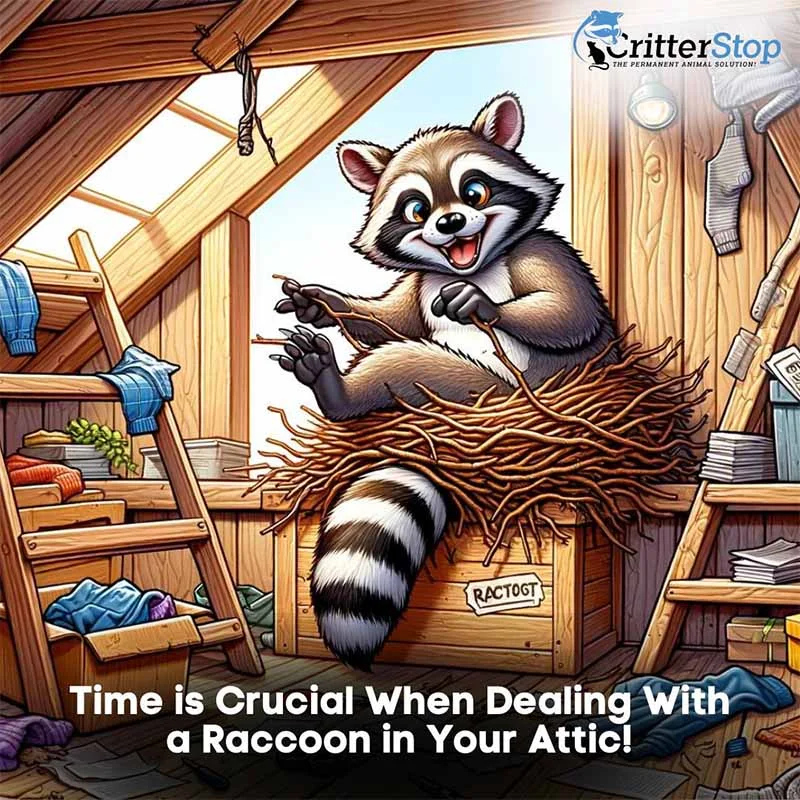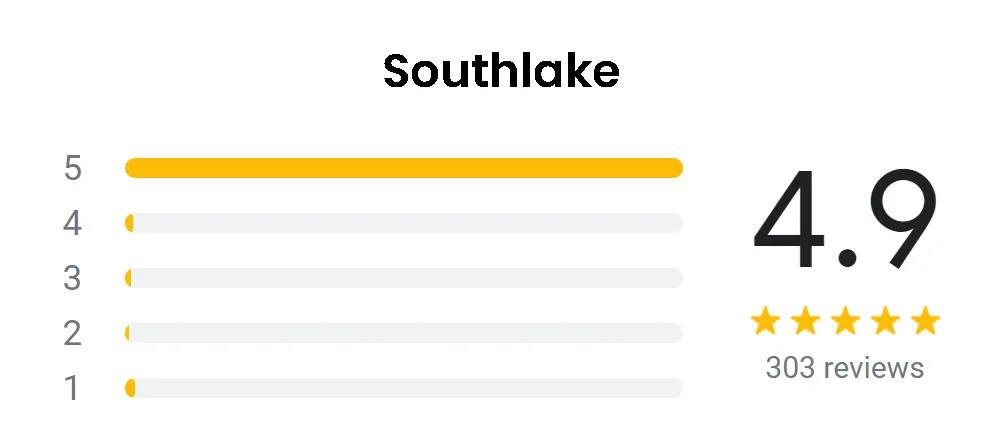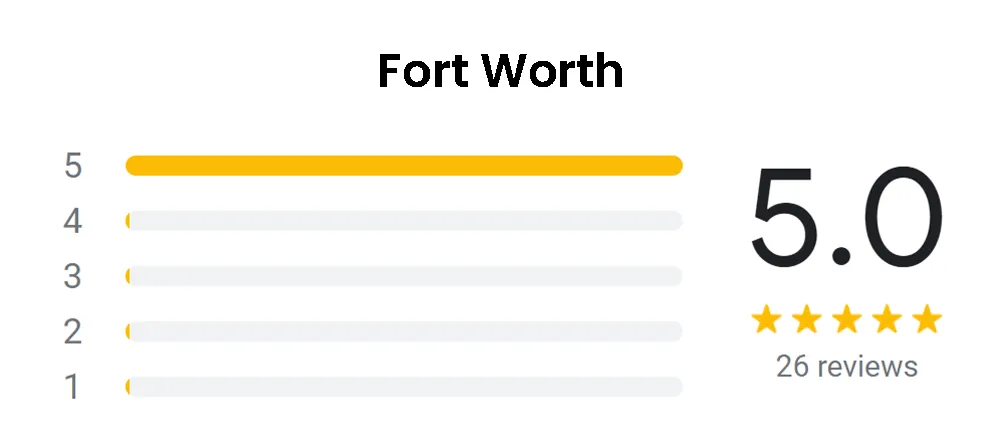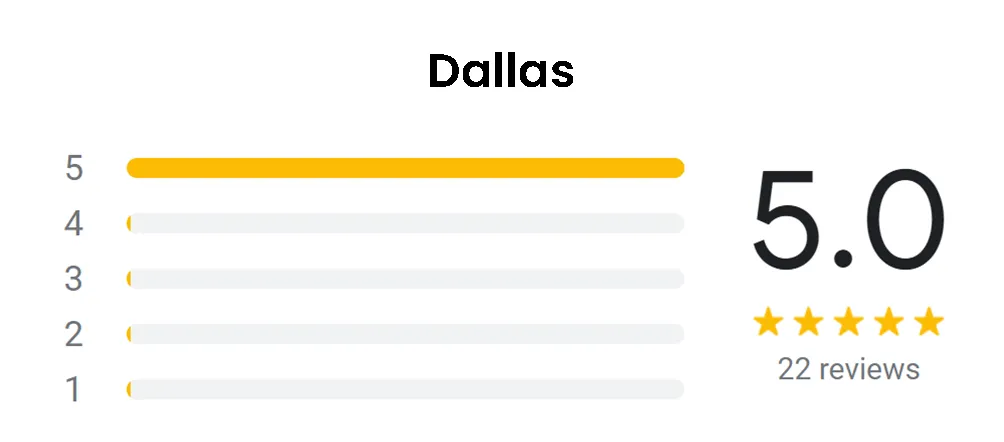
Raccoons may look cute and cuddly, however they are the most hazardous and destructive animal when entering and living in your home. Raccoon feces are full of disease like Leptospirosis, Salmonella, and the most hazardous the Raccoon Roundworm (Baylisascaris Procyonis). Racoons most commonly enter into a home through the attic were they tend to cause most of their damages and leave their feces, which can become very costly, very quickly. Anytime you come in contact with a Raccoon in your home, leave it to the experts and call Critter Stop immediately.

The presence of a raccoon runs a significant health risk to you, your family, your pets, and your home. Raccoons in the attic typically create latrines inside and outside your home. Latrines are concentrated areas that feces are left at. Raccoon feces are known to hold three types of diseases Leptospirosis, Salmonella, Raccoon Roundworm (Baylisascaris Procyonis).
Areas that raccoons nested or left droppings MUST BE REMOVED for theses areas can stay infected for several years.
In addition, I want to make it clear how easy it is to expose one of these three diseases to the living area of a home. If you have pets and your pet comes in contact with raccoon feces on the exterior of your home, your pet has now been exposed. Leptospirosis can put a strain on your pets kidneys or even cause your pets kidneys to fail. Which will affect the pets ability to hold off on using the bathroom inside the home. Now the person cleaning the feces has a greater chance of becoming exposed. Having a raccoon in your home also runs hand in hand with fleas, ticks, or mite infestations.

The damages of a raccoon in your home can be astronomical in cost. Luckily most insurance companies cover damages caused by raccoons. Let's start from the beginning. Based in our experience, raccoons need a large hole in order to enter your home. Typically, raccoons will create a hole in your roof returns or soffit boards in order to gain entry into your home. Once the raccoon has gained entry into your attic the raccoon will begin to nest. This can be done by borrowing into insulation, tearing through ducting, or dropping down into a wall.
The raccoon will also establish a latrine at some point during its stay. Raccoons are nocturnal so it will be heard throughout the night and happen to be extremely playful. When it is time to play a raccoon is destructive. They will dismantle air condition ducting, chew wires and piping, and run across insulation. This can cause air ducting to suck in insulation and bacteria, then disperse it into the living area. This can also cause water leaks, electrical fires, and some rough nights for sleeping. This is why it is extremely important to get these critters out!
Q: How do raccoons get in attic spaces?
A: Raccoons are highly adept climbers and can find their way into attic spaces through various entry points, such as gaps in the roof, vents, or chimneys. So, if you were wondering How do raccoons get in the attic of a home, well, They often exploit structural weaknesses, such as loose shingles, open soffits, or damaged vents, to access the attic.
Q: I have raccoons in my attic. What should I do?
A: If you discover raccoons in your attic, it's essential to address the issue promptly by sealing entry points, removing attractants, and contacting wildlife control for safe removal.
Q: How do raccoons get into attics in the first place?
A: Raccoons are drawn to attics seeking shelter, warmth, and safety for their young. They can climb trees, downspouts, and even walls to find a way inside.
Q: Why are there raccoons in attics more frequently during certain times of the year?
A: Raccoons often seek attics as dens during the breeding season or in colder months when they need a warm place to stay.
Q: How do raccoons get in your attic specifically?
A: They may enter through openings in your home's exterior, such as roof gaps, broken vents, or unprotected chimneys. Regular inspections and maintenance can help prevent this.
Q: Can raccoons get in your attic even if you have taken precautions?
A: Yes, raccoons can be very determined and might still find a way in if there are any vulnerabilities. However, thorough and regular maintenance significantly reduces this risk.
Critter Stop has you covered! We offer a in-depth permanent solution to rid a home of raccoons, keep other raccoons out, and properly disinfect and sanitize a home. Critter Stop starts off by removing the rodents either by a live trap or a one way valve. Once the raccoon is removed, we will seal all possible entry points to prevent re-entry of ANY RODENTS (NOT JUST RACCOONS). Followed by the sanitation process. Which for raccoons is typically removing the attic insulation.
Our crews show up in hazmat suits and respirators. We remove all the attic insulation, droppings, and debris down to the bare decking and sheet rock. Inspect all wires, ducting, and piping for chewing. If needed, replace ducting. Followed by fogging the entire attic, killing all micro-bacteria, biological markers, pheromones, and scent markers left behind by the raccoon(s). Perform mild preparation work to the attic and then blow-in brand new insulation.
Critter Stop also offers the most in-depth Lifetime Guarantee in the Dallas-Fort Worth Metroplex. If you have any doubts, call us at (214) 234-2616 and our experienced team will be ready to help you.
Visit our Critter Library and learn more about our furry friends







